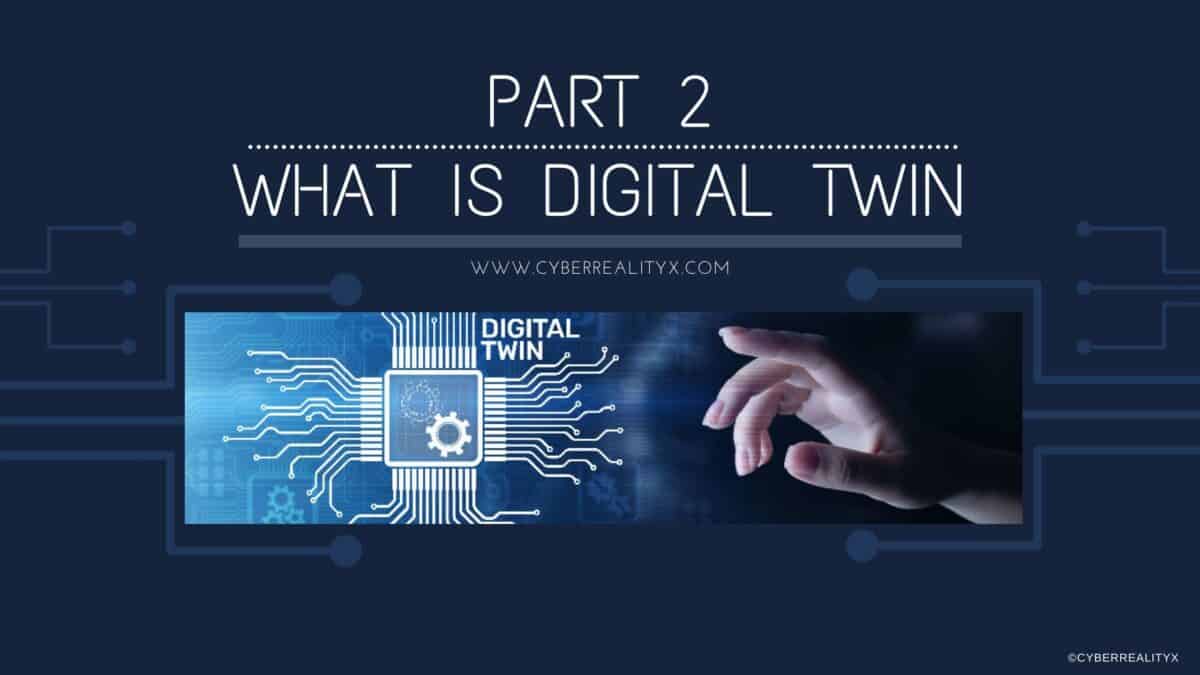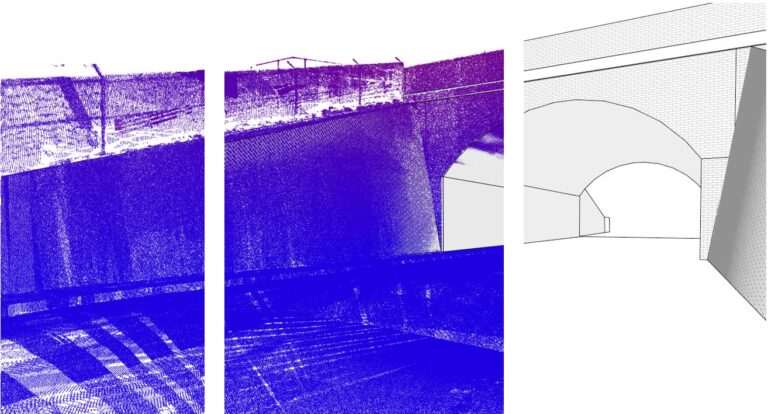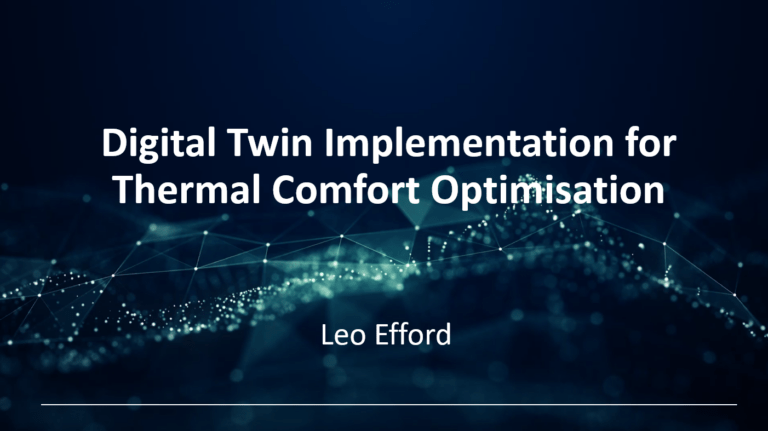As we already explained the definition of the digital twin in the previous article if you have not read it follow this link => What is Digital Twin? – Part 1. However, in this part, we are going to talk about standards and requirement of Digital Twin in order to understand how to reach a digital twin.
What is the requirement of Digital Twin?
It’s hard to say what is the requirement of Digital Twin, nevertheless, according to Smart Cities Council Australia New Zealand (SCCANZ), a Digital Twin must ingest the following data sets:
-
- Geometric and graphical data
- Geospatial reference data
- Asset attributes (natural, physical, social, economic)
- Management data
- Real-time asset performance and utilisation data.
Let say we have all the data set previously described, now what? How to utilise these data or what is the minimum capabilities of Digital Twin?
Digital twin needs to be backed by the ability to store live data flows from physical assets. To give an example, imaging a building or a room with a thermometer recording indoor and outdoor daily temperature analyse the data then send a request in real-time to the physical twin of the HVAC system to optimise and control indoor temperature. Digital twin it is the missing link between digital and physical environments where the digital affects physical and vice versa.
So according to this scenario digital twin “as a minimum” must provide the following capabilities:
| Function | Capability |
| Connect | A live connection between the digital & the physical world that allows data to flow from the physical twin to a unified virtual environment |
| Integrate | intelligently deliver meaningful information by analysing data from and across sectors |
| Visualise | Ability to display real-time multi-source data across the whole project and asset operation lifecycle |
| Analyse | Federated data sets from various sources can be processed, modelled, analysed and simulated to bring business objectives to life |
| Secure | Having a security-minded management approach to data & information |
Digital Twin Standard
Standards are a fundamental tool for every project from inception to completion and performance management, that would make them a necessity to scale Digital Twin opportunities. Currently, there are no standards for digital twin, yet there is a number of data standards that are relevant to Digital Twin. An example of that:
| Digital Strategy | 
PD8100 Smart Cities Overview |
 PD8101 Smart City Planning Guidelines PD8101 Smart City Planning Guidelines |
 Code for Smart Communities Code for Smart Communities |
 Green Star Communities Green Star Communities |
|
Procuring & Managing |

ISO37100 Vocabulary |
|
|
|
| Implementations |  ISO19650:1 Concepts & Principles ISO19650:1 Concepts & Principles |
 ISO19650:2 Delivery Phase of the Assets ISO19650:2 Delivery Phase of the Assets |
 ISO19650:3 Operational Phase of the Assets ISO19650:3 Operational Phase of the Assets |
 ISO19650:5 Security minded ISO19650:5 Security minded |
source: SCCANZ
Summary
- Digital Twin platform can give insights beyond what is currently exist in the built asset models.
- Digital twin is a tool to aid better decision making.
- Currently, there is no standard for Digital Twin.
What to do?
- Subscribe to our newsletter.
- Follow our pages on social media and LinkedIn.
- If you are interested or you want to have a discussion about this article leave a comment or you can drop a message on LinkedIn, Facebook, Twitter, Instagram or use the Contact Page.
- Check our other articles.
THANK YOU & HAVE A WONDERFUL DAY!

 ISO37106 Strategy
ISO37106 Strategy ISO30182 Smart City Concept Model
ISO30182 Smart City Concept Model PAS185 Security
PAS185 Security


